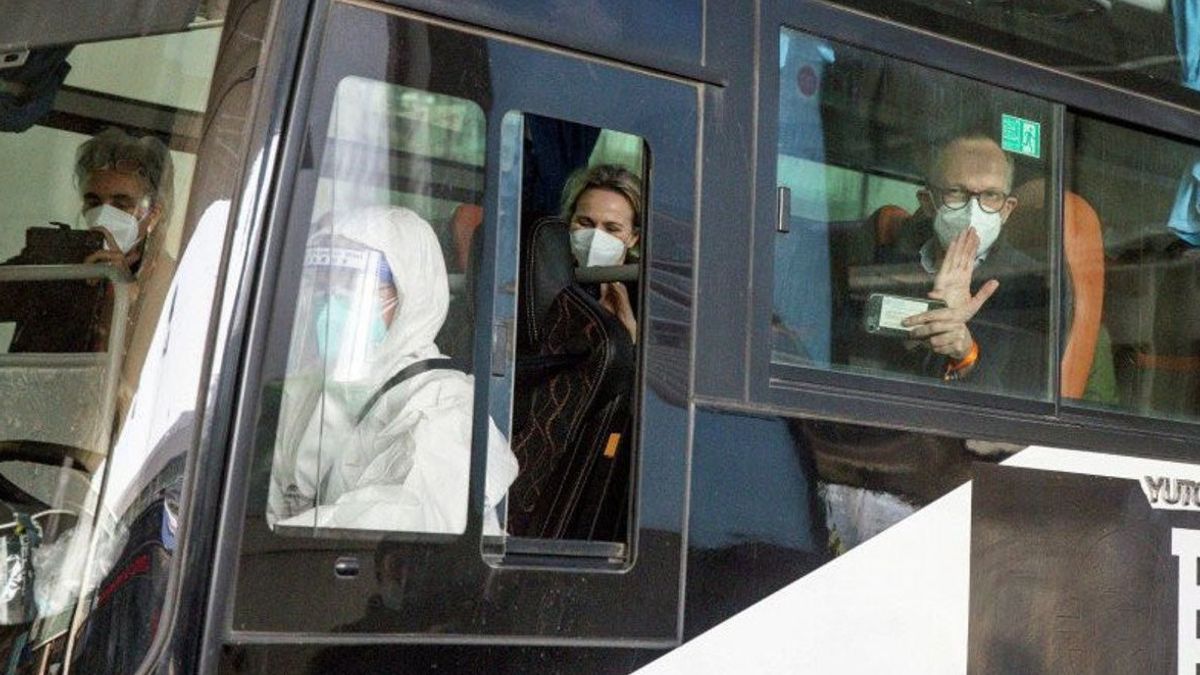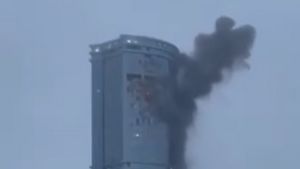JAKARTA - A joint team of experts from the World Health Organization (WHO) has just completed an investigation into the origins of the Coronavirus in Wuhan, China. Found clues that the virus had spread more widely in December 2019, earlier than previously thought.
WHO mission lead investigator Peter Ben Embarek told CNN his mission found several signs of a wider spread in 2019, including finding more than a dozen variants of the coronavirus in Wuhan, China in December 2019.
This makes it necessary to immediately carry out an investigation of hundreds of thousands of blood samples from the city of Wuhan, including the raw data for 174 cases of COVID-19 that were first detected in China. This is because the Chinese State Authority has not provided access to this key data.
Although the team was given access to talk to the first COVID-19 patients according to Chinese authority, the slow access to key data has raised concern for scientists if the virus had spread in China long before its 'official' appearance in mid-December 2019.
"The virus has spread widely in Wuhan in December (2019). This is a new finding", explained Embarek, who had just returned to Switzerland from Wuhan to CNN.
Embarek said, with an estimated wider spread, it is possible that the number of cases of coronavirus infection in December 2019 has attacked more than 1,000 people.
"We haven't done any modeling since then. But we know, in the rough numbers of the infected population, about 15% end up being severe cases and most of them are mild cases", he explained.
He further explained that the mission, carried out by 17 WHO scientists and 17 Chinese scientists, expanded the types of viral genetic material they examined. This allows them to examine partial genetic samples, not just complete samples.
As a result, for the first time, 13 different genetic sequences of the SARS-CoV-2 virus have been collected since December 2019. If this data is checked against the patient data for December, it will provide valuable clues about the timing and geographic spread of the outbreak before December.
"Some of them are from the market. Some of them are not related to the market, including the Huanan seafood market in Wuhan, which is thought to have played a role in the first spread of the virus. This is something we discovered as part of our mission. Part of the interactions we have had. together", he explained.
However, Embarek is reluctant to draw conclusions about what the 13 variants mean in relation to the spread of the outbreak before December. However, the findings suggest the virus has been around for longer, as some virologists have previously pointed out.
"Because there is genetic diversity in the SARS-CoV-2 sequence samples from Wuhan in December 2019, it is possible that the virus was circulating before that month", University of Sydney Virus Expert, Australia Prof. Edward Holmes.
Holmes, who studied the duration of the emergence of the virus, explained that these 13 sequences may indicate the coronavirus spread for some time without being detected, before the outbreak in Wuhan in December 2019.
"This data is in accordance with another analysis that the virus appeared in the human population earlier than December 2019 and there was a period of cryptic transmission before it was first detected in the Huanan market", he explained.
The WHO team hopes to return to Wuhan in the coming months to continue its investigation. However, according to Embarek, the exact time of his next visit is not yet certain.
The target is to be able to immediately examine biological samples that they have not been able to access in this first visit, in particular, the thousands of samples from the Wuhan blood donor bank that date from two years ago (2019).
"There are about 200,000 samples available there that are now secured and can be used for a series of new studies. It would be fantastic if we could [work] with that", he said, noticing there were technical difficulties accessing the samples.
The English, Chinese, Japanese, Arabic, and French versions are automatically generated by the AI. So there may still be inaccuracies in translating, please always see Indonesian as our main language. (system supported by DigitalSiber.id)













